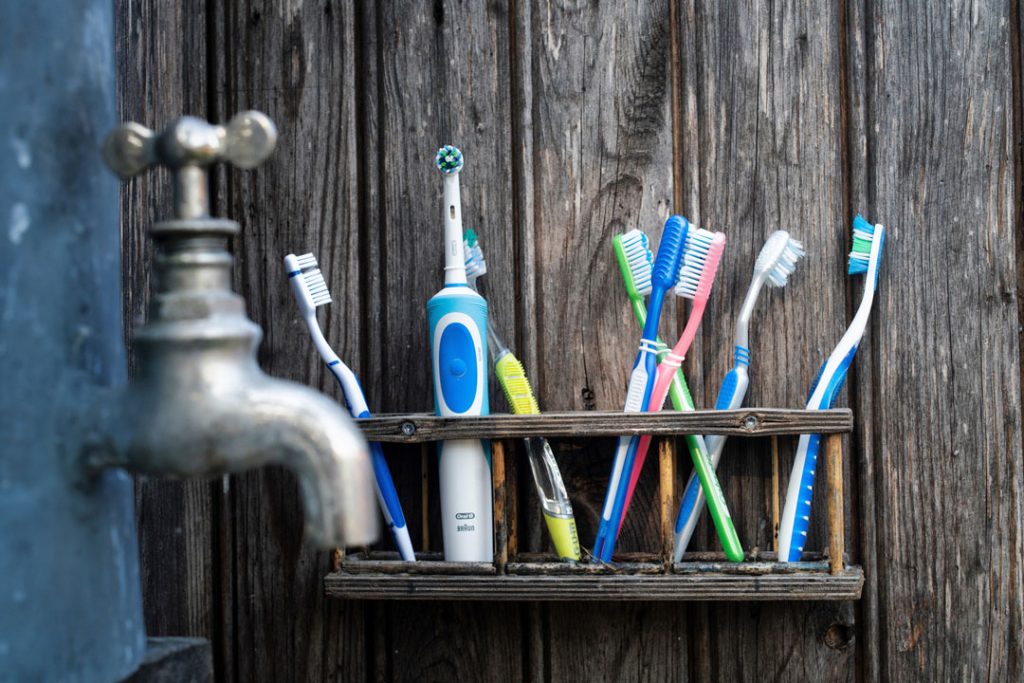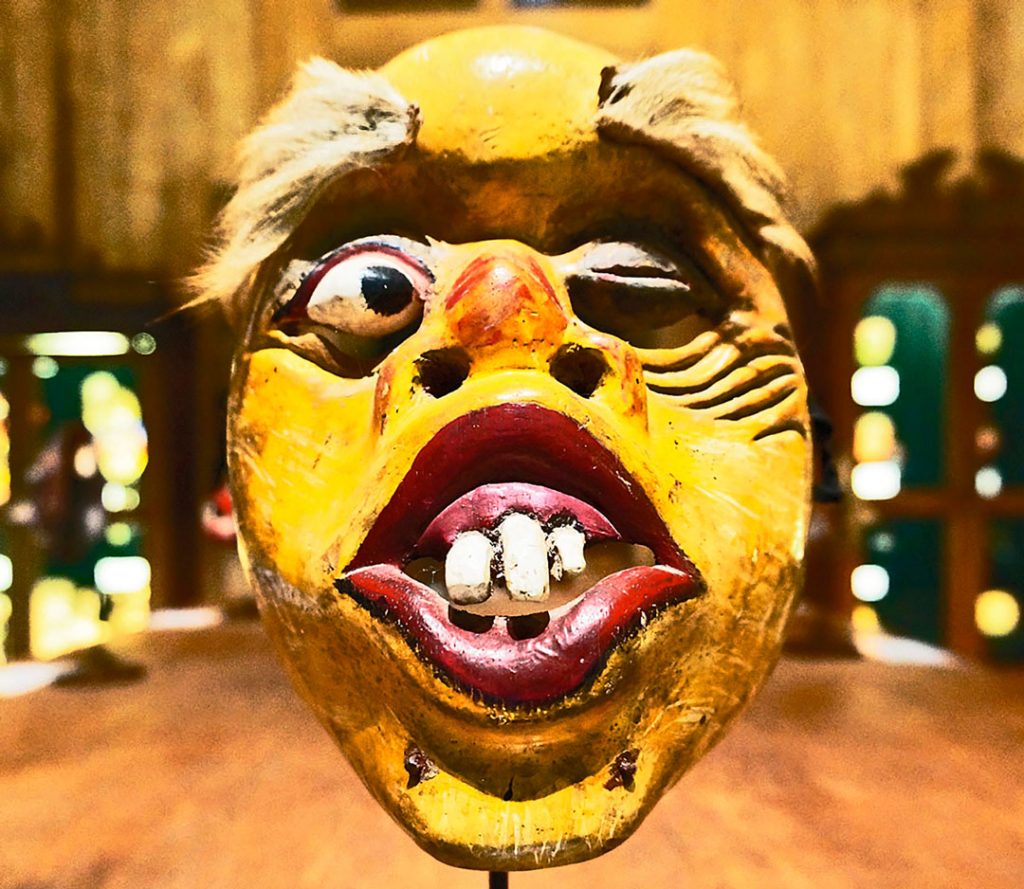Journalist Eric Buvelot and socio-ethnologist Jean Couteau have recorded 20 hours of discussion about changes that have happened in Bali since the 70’s. The conversation was structured and segmented according to many different aspects of Balinese life, mostly from a socio-historical perspective, to trace all the overturning in Balinese mores since 50 years, when modernity started to shape new behaviours.

At the core of these changes is the birth of individuality in a communal society and the revolution it implies. The resulting changes have been more significant in 50 years than the ones happening during the previous millennium. At the end of this project, a 16 chapter discussion book will be published with the purpose of measuring to which extent Bali has morphed in so little time, a work never done before, encompassing all Balinese social matters. The French edition is due at the end of 2020 at Editions GOPE. The English one will follow next year. This month, we take a look with them at the mutations observed in hygiene and sanitary conditions…
Eric Buvelot: What did traditional hygiene consist of in Bali?
Jean Couteau: The Balinese have always been clean. Bathing is a bi-daily rite. Bathing is also the moment when they go to the river, and women go there to wash the family clothes. It thus becomes one of the places where men meet women, the men upstream, and the women downstream. There are many stories about it: women were good game and the theme of forced elopement is recurrent. There is this extraordinary one about the Lod-lod Peng – scary indeed from a woman’s point of view. He was endowed with a very strange penis, which he could lengthen at will. The said-penis would then swerve around like a snake on the surface, plunge and then come up to the surface next to the woman of his choice. Just imagine the scene.
E B: How did they brush their teeth?
J C: Regarding the teeth, no such scare, one washed one’s teeth using the extremity of a branch of dadap, a local soft wood. People also used to chew betel, which cleans the teeth, even though it badly damages the gums. It is no surprise under those conditions, that they did not practice the French kiss. And that dance masks sometimes have quite stunning teeth.
E B: When did the first signs of consumerism appear in Bali?
J C: Around the middle of the 1970s, when the warungs (coffee stalls) of Denpasar and Ubud started selling soap and toothpaste of the Chinese brand Maxam. But the first flows of money of some importance, which brought about consumption habits, were already related to tourism. Youths from Ubud, for example, started going to Kuta to peddle on the beach rolls of Young Artists paintings that were taken to France or Italy – at the time their main markets – by so-called business tourists. It is when the first fortunes of Ubud were created. The money they gained in painting, they immediately invested in land. Still very cheap then.
E B: You just talked about soap and toothpaste. Is it at the same time that hygiene started improving?
J C: Yes, there was a steady improvement in hygiene. But it was also the result of the development policy of the New Order (President Suharto’s military regime.). The government distributed squat toilets by the thousands in the villages. Previously, people used to defecate in the teba, the back yard found in any house. There, pigs and dogs would see to it that there remained nothing of human refuse. Children would hang about the house nude or half-nude, often playing in the mud. I must add that few houses were in brick, most had walls made of rammed earth. Bamboo was also widely used. In fact everything was made using locally available materials. It wasn’t clean and sanitary of course, but such an environment enabled an unhindered practice of nature. There was an extraordinary bodily freedom. Which translated in a high knowledge of the environment, but from a sanitary point of view, it was very bad. There was a very high rate of children mortality. Soon, with development, Puskesmas clinics appeared in villages, doctors became more and more available. This was around the 1980s.

E B: How did it impact daily life?
J C: Then Balinese preferred to squat rather than to sit. Most still dressed with a sarong, sometimes with a short-looking kencut wrapped around the waist. Few people wore pants or skirts. It was still old Bali, whose cultural memory was still that of symbolism, puppet-show theater and dance. The shift towards consumer culture was of course related to the circulation of money, and especially of foreign currencies. In Kuta, the hippies’ role was paramount in the matter. They literally created the wealth of the Chinese and Indian families of Denpasar, whose sons soon took up socialising with the Western hippies in Kuta, women in particular. They were soon rejoined by ‘revolted’ Indonesians youths eager, drugs helping, to ‘live dangerously’ next to their Western soul mates.
E B: In such environments, burping, farting, spitting was not an issue, or was it?
J C: There were very few constraints regarding the body. Children could be seen freely playing in the mud, or the dust. They were just part of nature itself. Eating was not very different from defecating: it was something one practiced alone, in a corner of the kitchen or the yard. One still sees it today in some villages. Women would spend hours picking lice out of their friends’ hair. This is what I witnessed in my first years in Bali.
E B: Okay, but let us go back to burping and farting…
J C: I have never noticed anything cultural regarding farting. But it is a different story regarding burping. Until a few years ago, I used to go fairly regularly to some special warungs or local restaurants: those popular with bus and taxi drivers. It is usually where local food is the best. Those people did not talk much. Which does not mean they were silent. You could hear the uncontrolled munching, mouth open, accompanied by regular burping. There was no attempt at controlling these noises. On the contrary: the more you munch, the more you burp, the more you enjoy it: it demonstrates the pleasure of eating good food. And I must say it is probably the most natural thing to do. I also recall ceremonies at rich Balinese houses in their village of origin. People would literally throw themselves on the food, almost fight over it. Which shows that proper nourishment is something recent in Bali. Should I add that until a few dozen years ago, princes would give the leftovers of their food to their people. The food of the princes was deemed to possess some sacred powers. This habit has disappeared, yet it survives with regard to offerings. Commoners may eat their prince’s offerings leftovers, not the other way round.

E B: Were princes more sophisticated in their ways?
J C: Since colonisation, most had adopted Dutch ways through education. And the etiquette of food is very complex indeed in a ceremonial environment. Thus there was the duality one finds in Balinese theatre, between total control and sudden violence and vulgarity. But it is difficult to know how it was in real life before colonisation.
E B: In short, is the tradition of free spitting, burping and the like disappearing?
J C: Not concerning burping. It is still there, but not anymore among the educated classes. Spitting has virtually disappeared, together with betel chewing. All has changed with the introduction of the eating table, the mattress, tap water, toilets and bathrooms.
E B: I often go to villages, and I can tell you that many people are still bathing in rivers and irrigation canals.
J C: Of course, but there are nevertheless deep changes in people’s physical behaviour. The Balinese bodily behaviour has changed. Some young city people are not even aware that two generations ago it was usual to see bare breast women in villages!
E B: There are still men and women bathing nude in front of everyone, and quite of few old ladies can be seen bare breast any time in many villages, and even in the city.
J C: I don’t deny it. Yet, there is a westernisation of bodily behaviour. Don’t tell the Balinese though. The more they become modern and thus are Westernised, the more they disclaim it to affirm their identity.
E B: Do people eat together at the family table?
J C: More and more. It reflects what they see on the TV.
E B: Can you say a few words about the sanitary conditions in the late 1970s…
J C: Life expectancy was very low. If you asked a woman how many children she had, she would count them on her fingers while recalling their names one by one. Then she would typically say: “I have had 7, but only four are still alive.” Children’s mortality was so high. People accepted it: “kaambil”, they would say. “My child has been TAKEN (by niskala intangible forces)…
E B: What about now?
J C: Now it is much better. Child mortality is much lower than what it used to be. It is not considered normal to have a child die. Clinics have been set up, the Puskesmas, and diarrhoea is kept under control by ordinary medicine, which was not the case.
E B: And the Coronavirus? J C: It is another story. Many people are reluctant to go to the hospital. Hospitals are not places where you heal, but where you die. Because that’s where they go when it is too late.









